Constructing strong relationships, both in the newsroom and with the local community, is the key to success in journalism, according to awards recipients at the New England Society of News Editors’ Journalism Awards Celebration. That kind of collaboration and gratitude for the award recognition were recurring themes in acceptance speeches as five journalists received key individual awards among a total of more than 20 honors doled out during the ceremony.
“Learn from each other and lean on one another,” said Karen Webber, recipient of the Judith Vance Weld Brown Spirit of Journalism Award. “As much as writing and reporting and photography is an individual accomplishment, putting it all together in a trusted, balanced report is a team sport, and, not to mention, it’s more fun that way.”
Webber was honored along with other journalists and college students and student newspapers at the New England Newspaper and Press Association headquarters in Dedham, Mass., Thursday, April 20, in a ceremony attended by about 70 people.
The following received the five key individual awards:
New England Journalism Educator of Year
Barbara Roche
Roche, a journalism professor at the University of Massachusetts-Amherst, was praised for her dedication to progress and innovation. She teaches courses that include Introduction to Multimedia Reporting, Entrepreneurial Journalism and Journalism Launchpad.
She has also has been a columnist at The Boston Globe, the Cape Cod Times of Hyannis, Mass., and other publications in New England.
“The fact that this (award) is coming from newspaper people just really means a lot to me,” Roche said in her acceptance speech. “There’s just no journalism like local journalism.”
Master Photographer, nondaily publication
Shannon Hicks
Hicks, a self-taught photographer, has been at The Newtown (Conn.) Bee for 28 years and is now associate editor there. The Bee’s editor, Nancy Crevier, described Hicks as discerning and particular.
“Her patience allows her to find the best — not always the first — photograph to capture a moment,” Cervier said.
Cervier also mentioned Hicks’ desire to help others in the newsroom, from interns to longtime employees.
“She is always striving to provide our paper with photos that enhance the pages, and she is always willing to share what she has learned about photography with everybody else on the staff,” Cervier said.
Master Photographer, daily publication
Mike Orazzi
Orazzi is chief photographer at The Bristol (Conn.) Press and has been with the Press for more than 20 years. Michael E. Schroeder, editor and publisher of the Press, said Orazzi has a great eye for news photography, as well as a creative eye for features.
“We, at the paper, know that when he goes out on assignment, he’s going to get the picture,” Schroeder said. “He has a wonderful relationship with the community.”
Schroeder, who accepted the award on the absent Orazzi’s behalf, said Orazzi’s work reflects the goals of the Press.
“He takes pictures that go along with our mission, which is to have a positive impact on our community,” Schroeder said.
Master Reporter
Jennette Barnes
Barnes, a reporter at The Standard-Times of New Bedford, Mass., spent time as editorial page editor there before returning to her job as a reporter. Beth Perdue, editor of the Standard-Times, said Barnes’s return to reporting stemmed from her passion for storytelling.
“She is an individual who just holds herself to a standard that is really high, particularly in today’s world of just moving so fast and getting story after story after story thrown at you,” Perdue said. “No matter what we throw at her, she is committed to telling the full story and getting the complete truth in a way that is factual while really capturing the spirit of the story, as well.”
In her acceptance speech, Barnes commended the journalism industry for its dedication to recognizing successful journalists.
“A lot of other fields don’t recognize good work the way we do,” she said. “So, even in this climate that we’re in — our business has changed so much — I really want to thank everybody for still keeping up with these awards of recognition. Not every field does that.”
Judith Vance Weld Brown Spirit of Journalism Award
Karen Webber
Webber, executive editor of the Telegram & Gazette of Worcester, Mass., received the award that honors the accomplishments of an outstanding female journalist in New England. Under her leadership, the Telegram & Gazette has won a number of honors, including New England Newspaper of the Year for the Sunday Telegram, Best Overall Website and Best Niche Publication for Worcester Living magazine, all from the New England Newspaper and Press Association.
Leah Lamson, former editor of the Telegram & Gazette, lauded Webber’s calm, capable demeanor and steady leadership, saying she is respected by her staff, her peers and the public.
In her acceptance speech, Webber pointed to women’s dedication to finding success in the newspaper industry during the past century.
“By the time I started at the T&G in 1982, things were much improved,” she said. “I was hired by a woman, and over the years, I’ve had fantastic female bosses and colleagues. I believe, for the most part, the playing field has been leveled. In fact, when I think of myself as a journalist, I don’t think of myself as a woman journalist — I think of myself as a journalist.”
She also spoke about journalism as a gratifying field, despite the many challenges of the business.
“All journalists, male and female, are challenged daily by fake news and by people who don’t have the time or the desire or the savvy to separate fact from fiction. It’s a time when many readers distrust the media, but, thankfully, for every angry email or voicemail that I get saying, ‘Shame on you,’ I also get another email saying, ‘Keep up the good work. We need you’,” she said
At the end of her speech, Webber gave advice to the college-aged journalists in the crowd.
“Keep up the hard work of journalism,” she said. “Be accurate and truthful. Verify your facts. Identify you sources. Be fair and be objective. Give context to your reporting. Be tough, but have a heart, too.”
The following other award winners were honored at the event:
College Rising Star
Amy McKeever, Stonehill College
College Top Journalist
Kelsey Bode, St. Michael’s College
New England College Newspaper of the Year
The Harvard Crimson, Harvard University
The Bowdoin Orient, Bowdoin College, first runner-up
The Free Press, Boston University, second runner-up
Castleton Spartan, Castleton University, third runner-up
The NESNEs awards
Best Opinion or Commentary Writing
Winner: John Breunig, The Advocate, Stamford, Conn., for
“A shield of words vs. rain of bullets”
Finalists:
Martha Ball, The Block Island (R.I.) Times, for “Breath of the Sea”
Marc Dion, The Herald News, Fall River, Mass., for “Jasiel the giver… of our money.”
Staff, The Providence (R.I.) Journal, for “A fraud, a farce, a dog-and-pony show”
Ron Chimelis, The Republican, Springfield, Mass., for “Put yourself in Granby cop’s shoes”
Best Hard News/General Reporting Story
Winner: Mackenzie Rigg, The News-Times, Danbury, Conn., for
“A Connecticut Doctor in Africa”
Finalists:
Staff, Taunton (Mass.) Daily Gazette, for “Search for Answers”
Josh Kovner, The Hartford (Conn.) Courant, for “Left in Limbo”
Staff, Republican-American, Waterbury, Conn., for “District voting gets tested”
Stephanie Barry, The Republican, Springfield, Mass., for “Inside the Mob”
Best Feature Story
Winner: Robert Kiener, Stowe (Vt.) Guide & Magazine, for “Bill Lee”
Finalists:
Steve Barlow, Republican-American, Waterbury, Conn., for “The Flood of 1955”
Mark Davis, Seven Days, Burlington, Vt., for “Right in Rutland”
Lisa Spear, The Recorder, Greenfield, Mass., for “Final lullaby”
Cyndi Wood, The Ellsworth (Maine) American., for “Alex Robbins, age 3, loses his battle with heart disease”
Best Enterprise/Long-Form Reporting Story
Winner: Staff, Cape Cod Times, Hyannis, Mass., for
“Special Report: Climate Change Hits Home”
Finalists:
Alex Elvin, Vineyard Gazette, Martha’s Vineyard, Mass., for “Coastal Ponds Balancing People and the Environment”
Jeannette Hinkle, Ipswich (Mass.) Chronicle, for “The green crab threat”
Tom Relihan, The Recorder, Greenfield, Mass., for “Charter Schools Day 1”
Izaskun Larraneta, Lisa McGinley and Tess Townsend, The Day, New London, Conn., for “I-95 Deadly, Overcrowded”
Best Watchdog or Neighborhood Reporting Story
Winner: Patrick Ronan and Hongyi Gong, The Patriot Ledger, Quincy, Mass., for
“Culture Shift in Quincy”
Finalists:
Lindsay Tice, Sun Journal, Lewiston, Maine, for “New Attitude”
K.C. Myers, Cape Cod Times, Hyannis, Mass., for “Path to Recovery”
Matthew Kauffman and Jenna Carlesso. The Hartford (Conn.) Courant, for “Hartford Soccer Stadium”
Douglas Moser, The Eagle-Tribune, North Andover, Mass., for “Is This Full Time?”
Best News Photo
Winner: Jack Foley, The Herald News, Fall River, Mass., for “Ledge”
Finalists:
Glenn Russell, The Burlington (Vt.) Free Press, for “Speed dating with Trump and Sanders”
Steven King, Worcester (Mass.) Magazine, “Comfort”
Steven King, Tom Matthews and Erika Sidor, Worcester (Mass.) Magazine, for
“Officer Ronald Tarentino Jr., End of Shift: May 22, 2017”
Robin Chan, The Hingham (Mass.) Journal, for “Unidentified girl holds a candle in memory of Cpl. Orlando”
Best Sports / Feature Photo
Winner: Robin Chan, Scituate (Mass.) Mariner, for
“Steven Litchfield checks the time of the tower”
Finalists:
Robin Chan, Marshfield (Mass.) Mariner, for “It’s a bird, it’s a plane, it’s Maria!”
Peter Pereira, The Standard-Times, New Bedford, Mass., for “Forbidden Seas”
John Love, Sentinel & Enterprise, Fitchburg, Mass., for “Fitchburg State men’s soccer players attack their opponent’s net”
Trent Campbell, Addison County Independent, Middlebury, Vt., for
“Brooke Tupper throws herself into the girls’ 16-year-old arm wrestling competition”
Best Video
Winner: Adam Silverman and Philip Tortora, The Burlington (Vt.) Free Press, for
“The Shooting of Phil Grenon”
Finalists:
Robin Chan, The Hingham (Mass.) Journal, for “Blossoming into One’s Own”
Peter Huoppi, The Day, New London, Conn., for “Bob Crelin wants you to see the stars”
Eva Sollberger, Seven Days, Burlington, Vt., for “Stuck In Vermont: Trumpnado Hits Burlington”
Ryan Mercer, The Burlington (Vt.) Free Press, for “Volunteers run their own race at Vermont City Marathon”
Best Digital Innovation
Winner: Staff, Cape Cod Times, Hyannis, Mass., for
“Life on the Edge: How Climate Change Affects Cape Cod”
Finalists:
Peter Huoppi, Casey O’Neill, Keith O’Brien and Mike DiMauro, The Day, New London, Conn., for “Casey and The Sports Doctor”
Staff, Vineyard Gazette, Martha’s Vineyard, Mass., for “Bakers experiment with ancient grains”
Best in Sports
Winner: Joel M. Lehman, St. Albans (Vt.) Messenger, for “Flight and Family”
Finalists:
Matthew Kauffman and Tom Yantz, The Hartford (Conn.) Courant, for “Inquiry Alleges Coach Cheated”
Taylor Vortherms, The Ellsworth (Maine) American, for
“Invisible, incapacitating concussions are sidelining high school athletes”
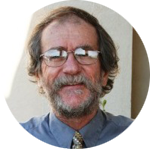










 Phonto is a simple application that allows users to add text to pictures on their smartphones. Kim Shepherd of Delhi, N.Y., wrote that she used Phonto for weather updates online. She was even nice enough to send a couple of samples.
Phonto is a simple application that allows users to add text to pictures on their smartphones. Kim Shepherd of Delhi, N.Y., wrote that she used Phonto for weather updates online. She was even nice enough to send a couple of samples.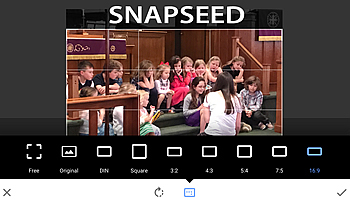 Snapseed might be the best photo editing application for phones. Many of the tools available in Photoshop, Lightroom and other editing applications are available within Snapseed.
Snapseed might be the best photo editing application for phones. Many of the tools available in Photoshop, Lightroom and other editing applications are available within Snapseed.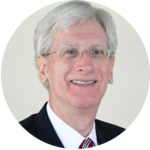
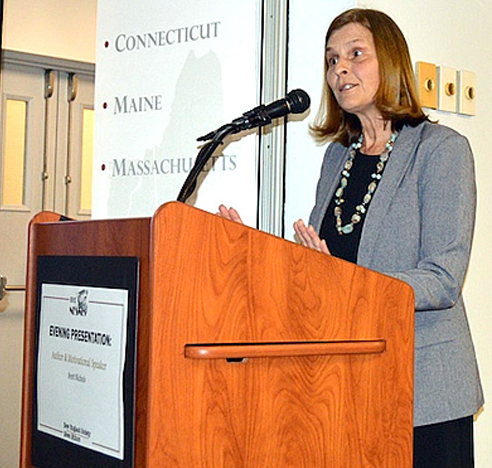


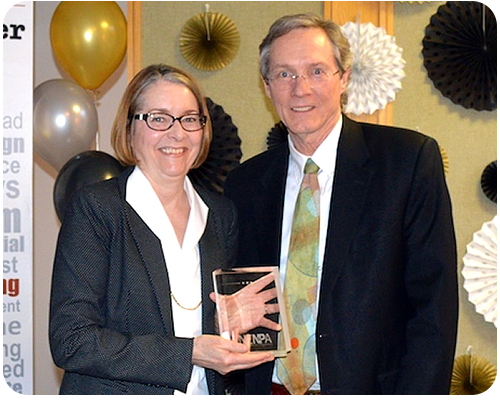
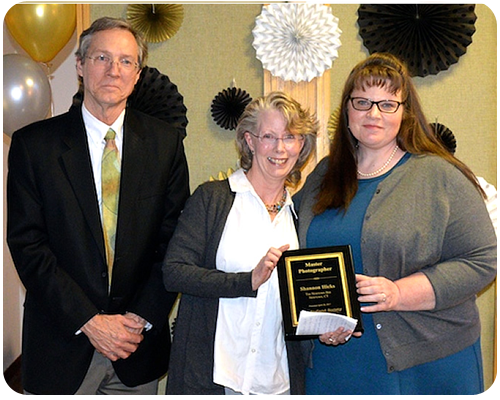
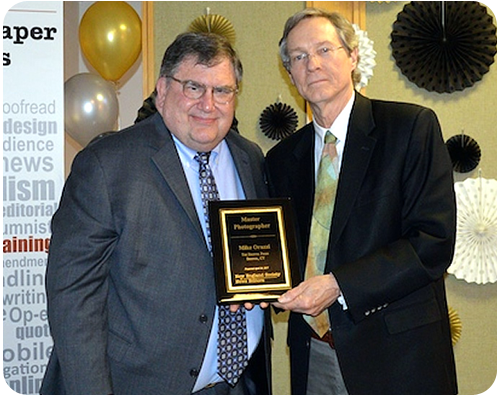

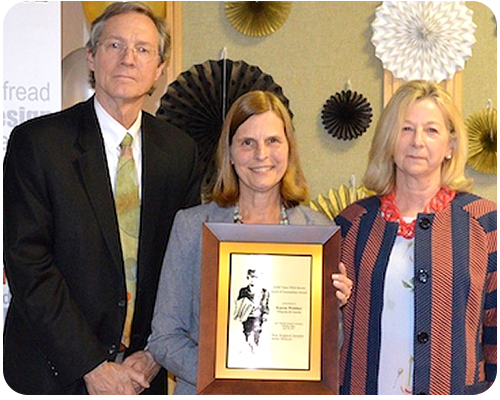
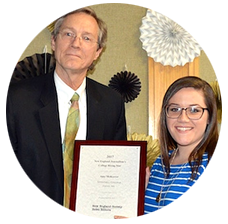

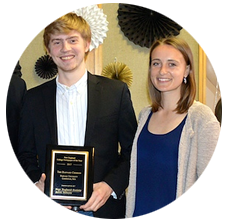
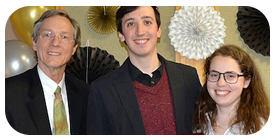
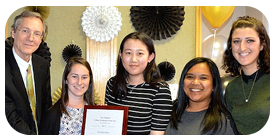
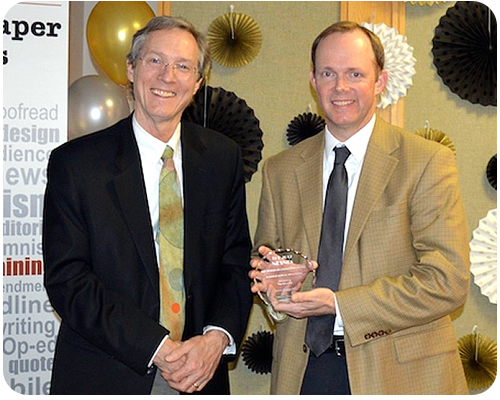
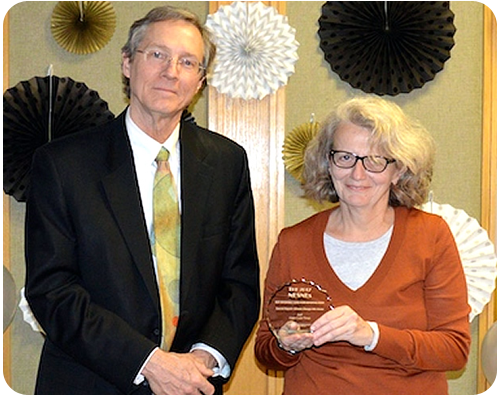
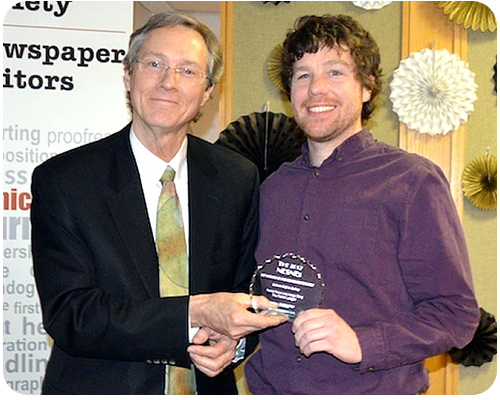
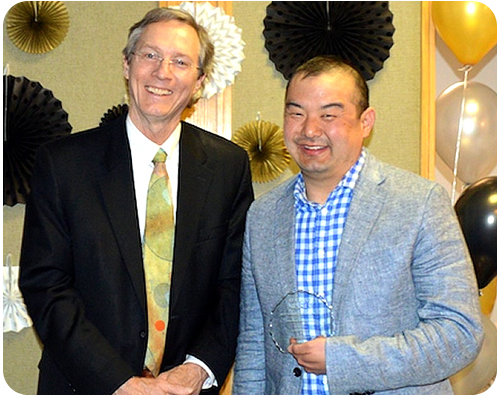
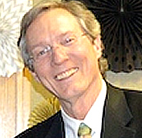
For our freedoms, is a ‘C+’ grade good enough?
Gene Policinski, inside the First Amendment
Gene Policinski is chief operating officer of the Newseum Institute and senior vice president of the Institute’s First Amendment Center. He can be reached at gpolicinski@newseum.org.
Follow him on Twitter:
@genefac
When it comes to our core freedoms, is a “C+” grade good enough?
A new First Amendment Report Card, released by the First Amendment Center of the Newseum Institute, gives our First Amendment freedoms — religion, speech, press, assembly and petition — a composite grade of C+.
The grades were assigned by 15 panelists from across the political spectrum, some of them experts on First Amendment issues overall, and some who focus on specific areas such as religion or press.
Assembly and petition — the rights to gather peaceably with like-minded people without government restriction or prosecution, and ask the government for changes in policies and practices — received the highest marks, at a “B-.” Religion and speech were graded at a “C+,” while press was given a “C.”
On press, for example, panelists pointed to President Trump’s campaign threat to “open up” libel laws to sue media outlets more easily; the administration blocking certain news organizations from attending White House briefings; the “fake news” phenomenon; and the president’s general enmity for the press.
Assembly and petition received the highest grades, with panelists noting that recent protests and political marches were classic demonstrations of both freedoms, and that the government took no action to crack down on them or the resulting press coverage.
Perhaps you — or I, since I didn’t participate in the grading — might have rated the freedoms differently. Good. That would mean we were thinking critically about those basic freedoms, which define us as citizens and enable our democracy to function as such.
And no doubt some people will say that in a contentious world, and with an electorate split straight down the middle on most issues, it would be too much to expect a more favorable assessment of the First Amendment.
But I’ll admit that a “C+” leaves me uneasy.
For too long, too many of us have either taken those freedoms for granted, assuming that they will always be there, or considered them in narrow ways (believing, for example, that freedom of speech is not for those with whom we disagree, or that so-called fringe faiths are not really covered by freedom of religion).
Many more of us live in ignorance of the freedoms that were so dearly won. Each year, when results of the First Amendment Center’s State of the First Amendment survey are released, the survey consistently finds that large numbers of Americans — sometimes more than one-third — cannot name a single freedom provided by the 225-year old amendment.
The report card, titled “The First Amendment in the Age of Trump,” nonetheless reflects issues that are not limited to the president’s first 100 days, or to the time he spends in office.
Some of those issues have been simmering for years. The Tea Party and the Occupy Wall Street movements raised issues around speech, assembly and petition to new levels of awareness. The “culture wars” around matters of faith — from the silly, such as whether to call them “Christmas” or “holiday” trees, to the very serious, such as federal policies that might discriminate against Muslims — have raged for decades, and show no signs of abating.
Surveys dating well back into the 1990s chart a growing public apprehension about the credibility, motives and bias of the news media, and a worrisome erosion of support for the press’s role as a “watchdog on government.” Amid worsening public opinion, journalists have also had to contend with shrinking resources as they attempt to track government officials’ performance and measure government effectiveness.
The quarterly report card is not intended, and could not be, the final word on our First Amendment freedoms — the issues are too complex and the disputes too numerous, and filled with far too many twists and turns.
But the grading system will serve to call our attention, particularly over time, to a need to defend one or more freedoms from momentary threats and longer-term assaults on our free expression and religious liberty rights.
Stay tuned — a new First Amendment Report Card will be issued each quarter, prompting us all to take a closer look at how we understand, defend and practice our First Amendment freedoms.
And maybe one day we’ll get to add another grading area — one where you and I and our fellow citizens get an “A” for effort.